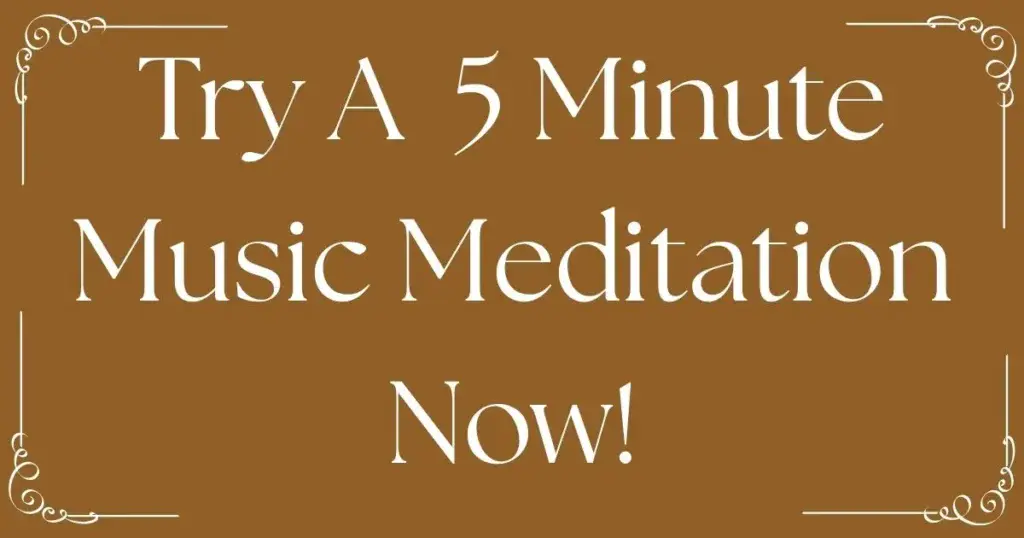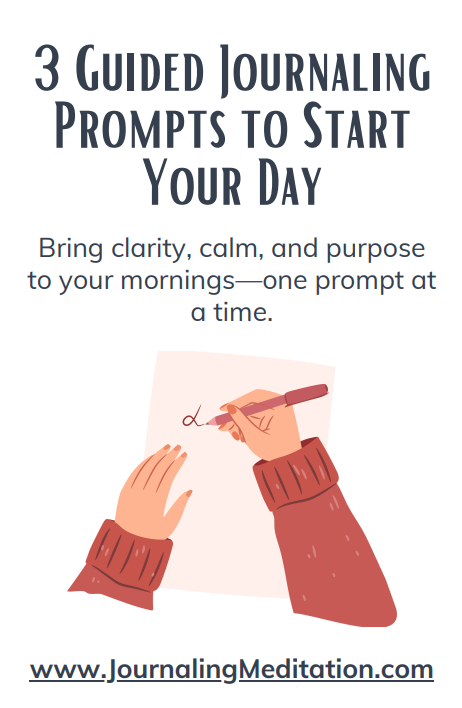
Long workdays, endless meetings and tight deadlines can leave anyone feeling drained. But here’s the good news: you don’t need long meditation sessions to feel calmer and more focused. These quick meditation exercises are perfect for busy professionals and can be done anywhere… in the office, during a commute, or even in between meetings.
Why Quick Meditation Works for Busy People
You don’t have to dedicate 30 minutes to meditation to reap its benefits. Research shows that even 1–5 minutes of mindfulness can:
- Lower stress hormone levels.
- Improve focus and decision-making.
- Reset your nervous system after intense tasks.
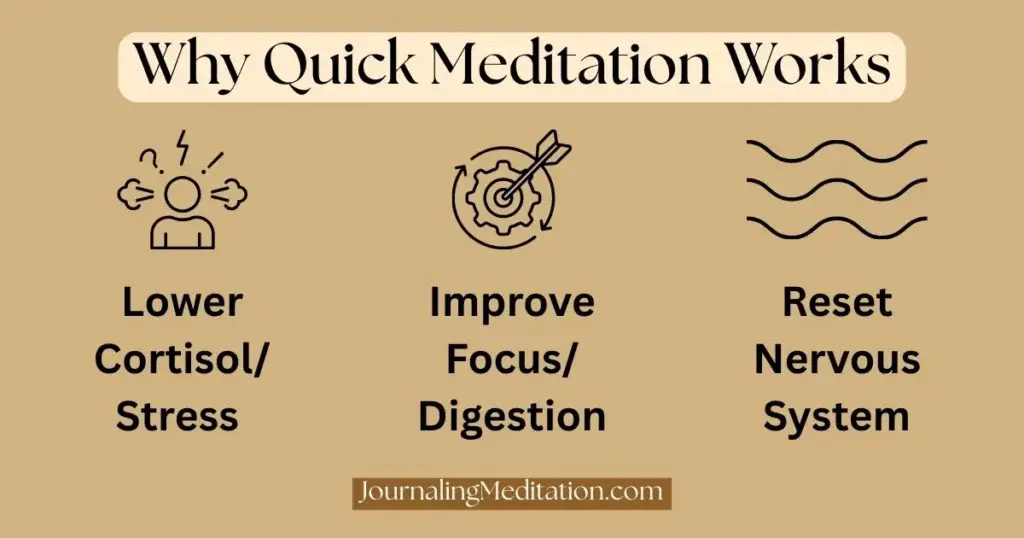
Short practices fit naturally into every day tasks and are perfect for professionals juggling multiple responsibilities. For more structured techniques, see 9 Easy Meditation Exercises for Beginners.
5 Quick Meditation Exercises for a Busy Schedule
🪑💨 Desk Breathing Reset (1 Minute)
- How to do it: Sit up straight, close your eyes if possible, and take slow, deep breaths. Inhale for 4 counts, exhale for 6 counts.
- When to use: After stressful calls or before starting a new task.
- Benefit: Clears mental fog and releases tension quickly.
☕🌀 Mindful Coffee or Tea Break (2 Minutes)
- How to do it: While sipping your drink, focus on its warmth, aroma, and taste. Avoid screens and conversation during this time.
- When to use: Morning coffee breaks or mid-afternoon pick-me-ups.
- Benefit: Turns an everyday ritual into a grounding mindfulness moment.
🔲🔁 4-4-4 Box Breathing (3 Minutes)
- How to do it: Inhale for 4 counts, hold for 4 counts, exhale for 4 counts and hold for 4 counts. Repeat for 3 minutes.
- When to use: Before a presentation, meeting, or difficult conversation.
- Benefit: Reduces anxiety and promotes mental clarity.
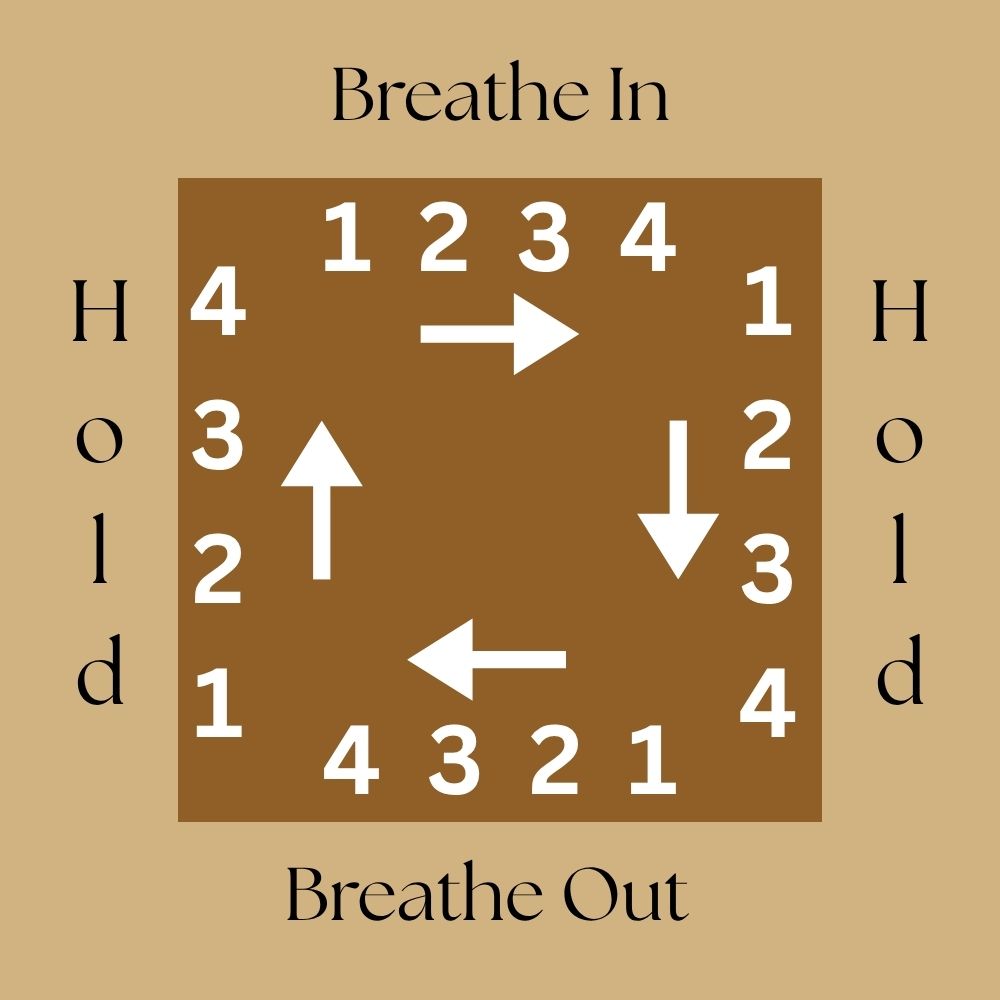
🧍✨ Micro Body Scan (2 Minutes)
- How to do it: Close your eyes and mentally scan from head to toe. Notice any tension and consciously release it.
- When to use: At your desk or even while standing in line.
- Benefit: Quickly restores posture and helps relieve physical stress.
🌅🧘 Visualization Pause (1 Minute)
- How to do it: Sit comfortably, close your eyes, and imagine a peaceful scene; a quiet beach, a forest trail, or a cozy cabin. Try to engage all of your senses.
- When to use: During breaks or when feeling overwhelmed.
- Benefit: Gives your mind a mini-vacation, easing mental clutter.
Tips to Make Quick Meditations a Daily Habit
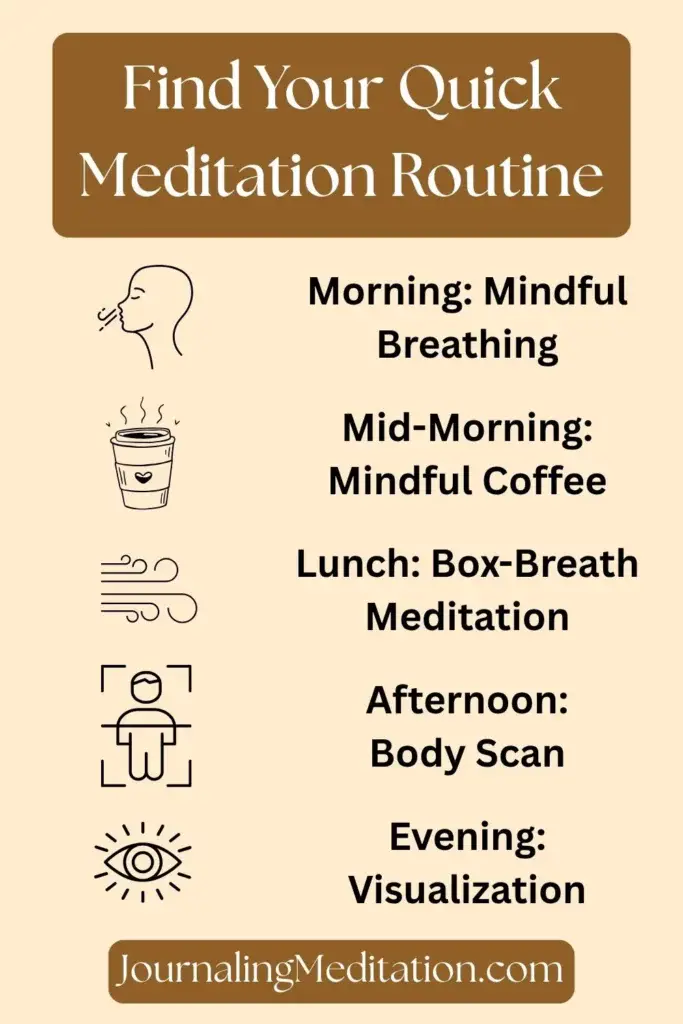
- Set reminders: Use calendar notifications or phone alarms to help trigger short breaks.
- Stack with habits: Pair meditation with tasks you already do, like commuting or drinking coffee.
- Use guided meditations: Short audios from meditation apps or even YouTube make it easier to stay on track.
- Start small: Even 1 minute counts. Consistency matters more than duration.
For more quick, guided practices, check out YouTube’s JustMeditation2020 for for free guided and timed meditations. These audio sessions fit easily into a hectic schedules.
Meditation doesn’t have to mean long retreats or sitting for half an hour. These quick meditation exercises help busy professionals reduce stress, regain focus, and feel more balanced, all in just a few minutes.
FAQ’s: People Also Asked
Many busy professionals often don’t know about fitting meditation into packed a schedule. Here are answers to some of the most common questions.
🧠 Can short meditations really help with stress?
Yes. Studies show that even brief mindfulness sessions lower stress levels and improve focus, making them highly effective for busy individuals.
🕔 How many times a day should I do quick meditation exercises?
Aim for 1–3 mini sessions (3–5 minutes each). You can do one in the morning, during lunch, and another before ending your workday.
🎧 Do I need special tools for these exercises?
No. Most quick meditations require nothing but a chair and a few minutes of quiet. Optional tools include headphones for guided audios or a timer.
Try one of these exercises today and share in the comments how it helped improve your workday. I’d love to hear your experience!


